In October, Hurricane Otis crashed into Mexico’s Pacific coast with unprecedented strength and devastated Acapulco. In only 12 hours, Otis escalated from a tropical storm to a major hurricane, leaving the people in its path with nearly no time to prepare. The sudden danger and destruction of this storm follow a disturbing trend, as warming waters rapidly intensify hurricanes.
This year the Earth shattered climate records, and the entanglement of militarism and fossil fuels reveals new atrocities every day.
In November, Democracy Now! reported that, “global average surface temperatures reached more than 2 degrees Celsius, or 3.6 degrees Fahrenheit, above pre-industrial levels. It’s the first time on record that Earth’s daily average temperature has exceeded the 2-degree benchmark. The 2015 Paris Climate Agreement set just 1.5 degrees as the maximum allowable global temperature rise.”
However, Hurricane Otis, extreme heat, and other disasters that signal climate emergency receive little to no mainstream media coverage and context.
Our movements against unjust systems are all connected, and none can be sustained on an unlivable planet. Educators can equip students to: recognize the breadth of the climate emergency, grasp how it strikes unequally around the world, examine its social and economic causes, and come to see themselves as activists for a just society and a stable climate.
We offer Teach Climate Justice campaign resources, including free downloadable lessons, a climate crisis timeline, recommended books and films for the classroom, articles, and a sample school board climate justice resolution.

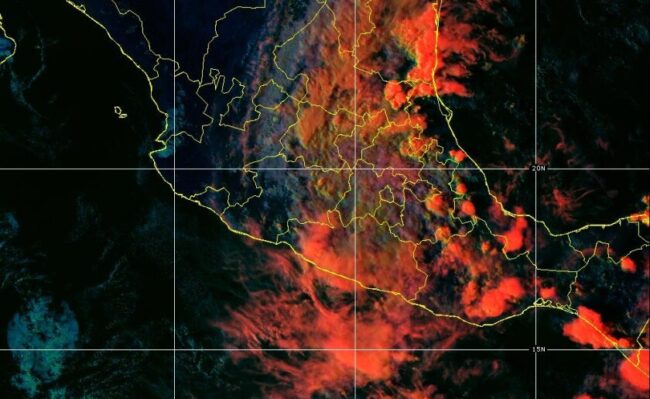

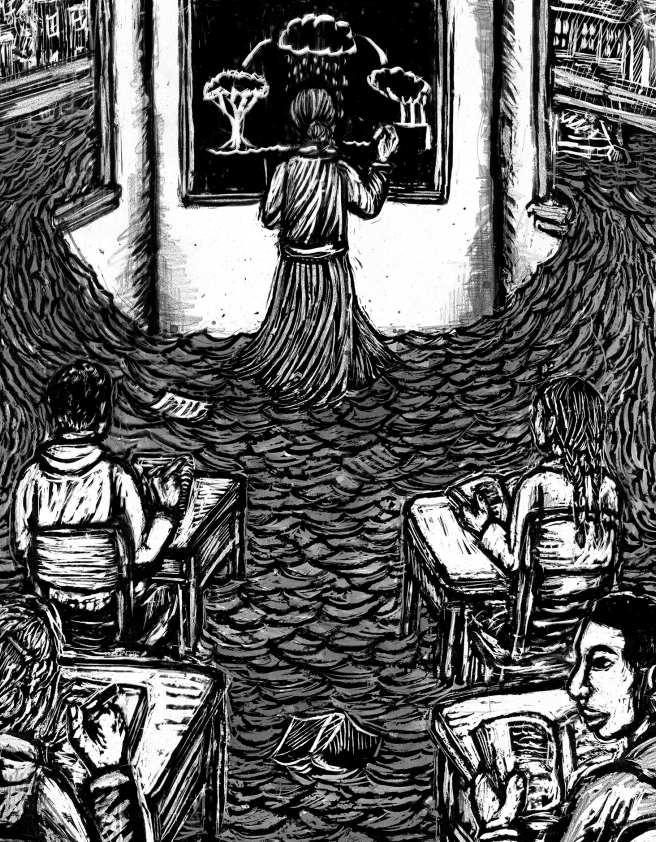
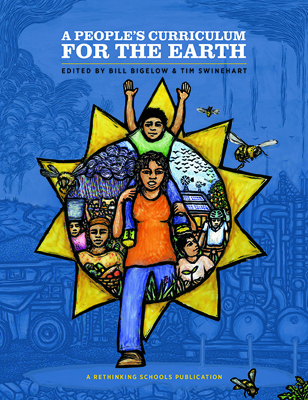
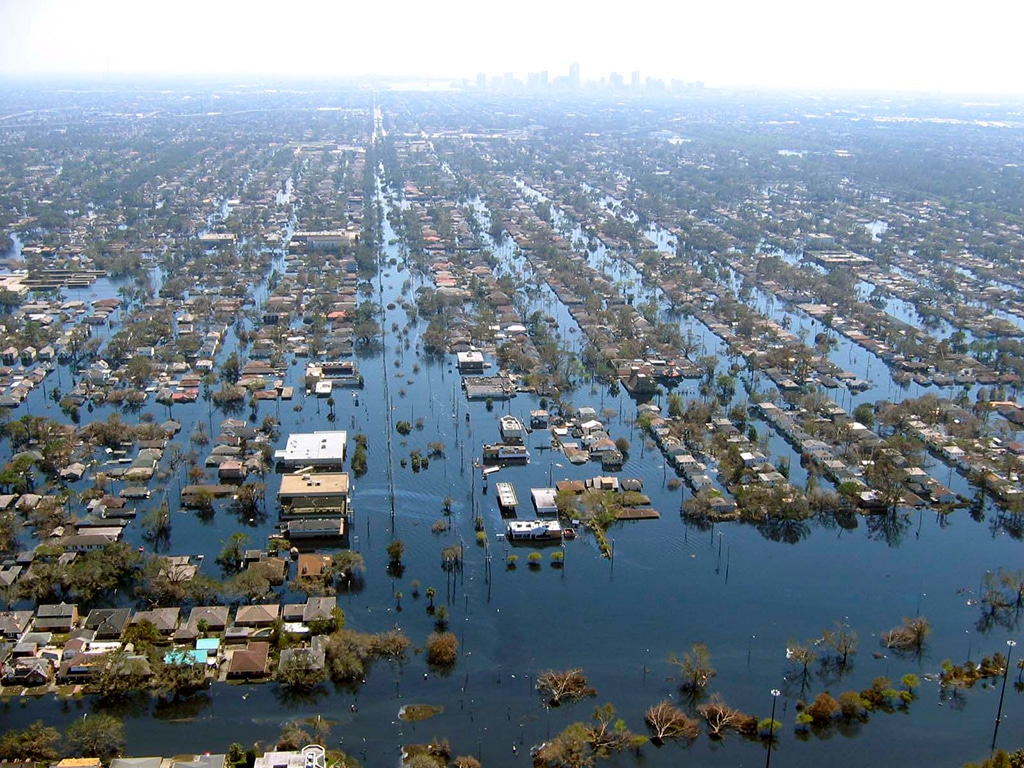
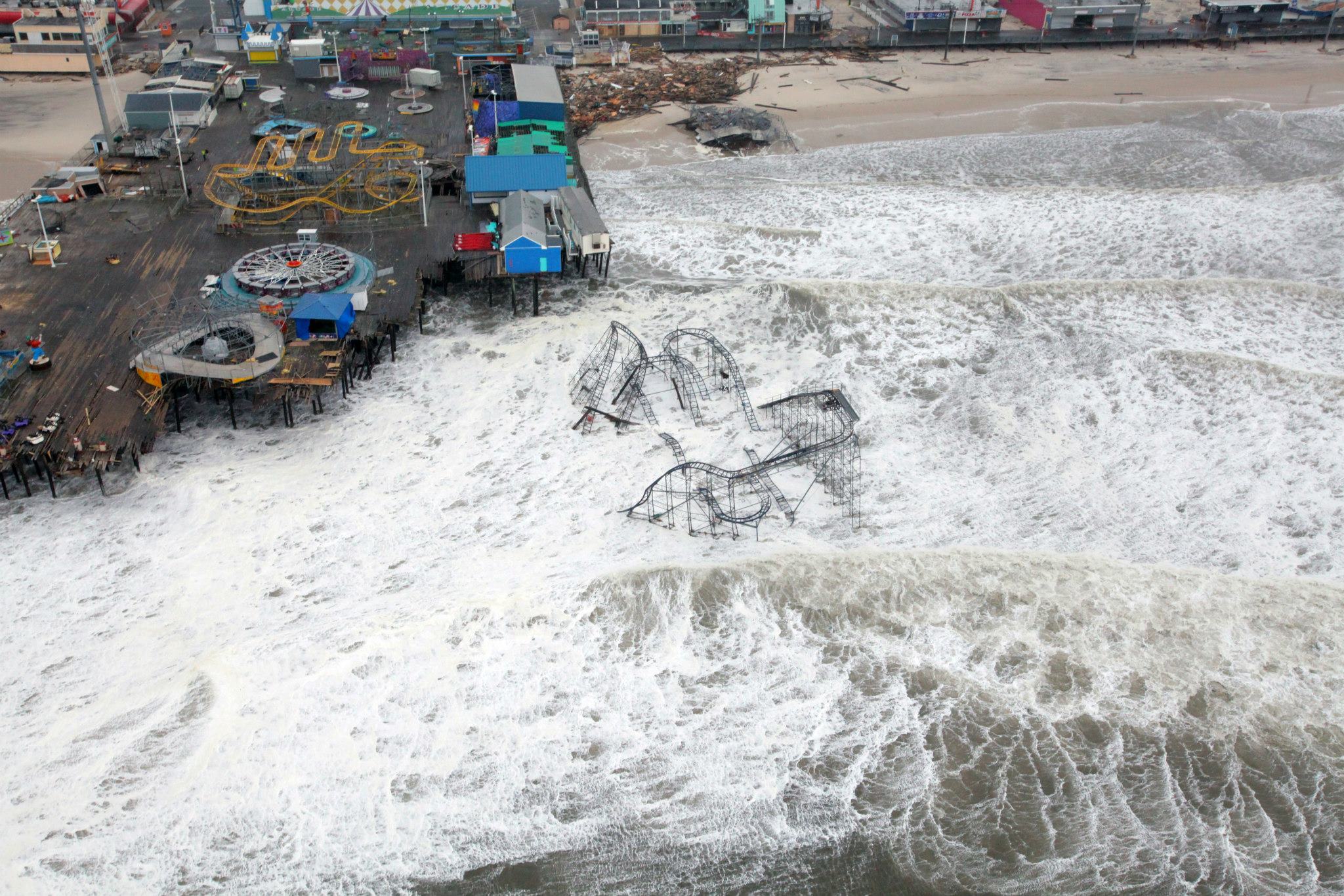
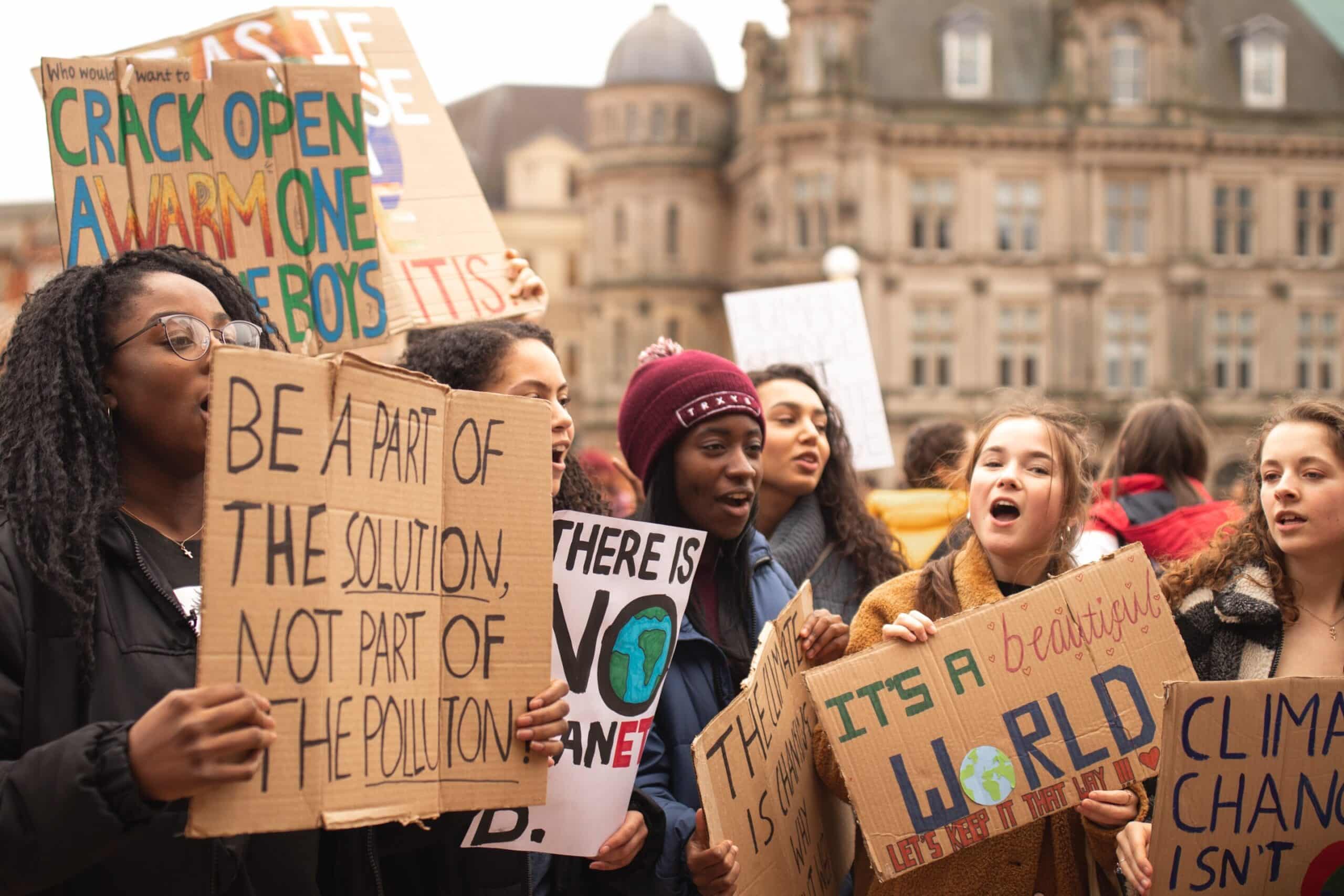





Twitter
Google plus
LinkedIn